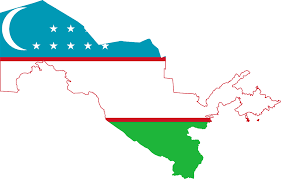Geographical position and Climate of Uzbekistan
Uzbekistan is located in Central Asia, landlocked and bordered by five countries: Kazakhstan to the north, Kyrgyzstan to the northeast, Tajikistan to the southeast, Afghanistan to the south, and Turkmenistan to the southwest. The country’s geographic coordinates are approximately 41 degrees north latitude and 64 degrees east longitude. Uzbekistan also includes the southern portion of the Aral Sea within its territory.
Uzbekistan has a continental climate characterized by:
- Hot Summers: Temperatures can reach highs of 40°C (104°F) or more, especially in the southern and central regions.
- Cold Winters: Winters can be quite cold with temperatures often dropping below freezing, and snowfall is common in certain areas.
- Low Precipitation: Rainfall is scarce throughout the year, with semi-arid conditions prevailing in most parts of the country.
- Spring and Autumn: These seasons are generally mild and pleasant, making them the best times for travel and tourism.
The climate can vary significantly depending on the region, with mountainous areas experiencing cooler temperatures and more precipitation compared to the arid desert lowlands. Travelers should plan accordingly based on the specific regions they intend to visit and the time of year.

